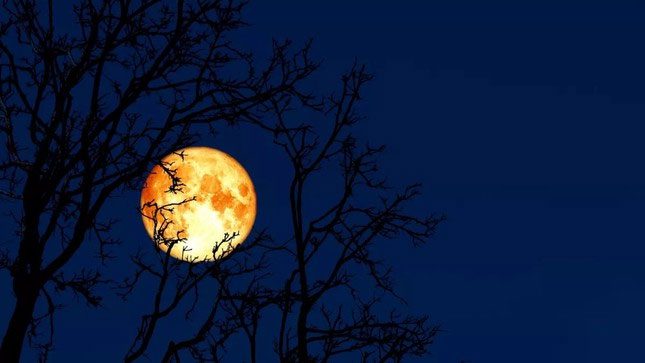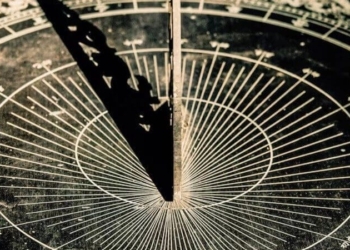The full moon in February corresponds with various festivals around the world, and in some places, it is referred to as the Worm Moon.
The agricultural calendar refers to the February full moon as the “Worm Moon” because this is the time when worms begin to emerge from the ground as the earth starts to thaw in the Northern Hemisphere.

Called the Worm Moon because this is when worms start to emerge from the ground.
According to the Native American Research Center, many Anishinaabeg, or Ojibwe, the indigenous people of the Great Lakes region, call it Onaabidin Giizis, or the Snow Crust Moon.
However, Europeans refer to this full moon as the Lenten Moon because it appears after the Lenten season observed by Christians leading up to Easter.
This full moon also coincides with Purim, a Jewish holiday celebrating the salvation of the Jewish people from the plot to annihilate them by ancient Persia. Purim 2023 will begin on the evening of March 6 and last until the evening of March 7.
For Hindus, the February full moon marks the Holi festival, a celebration of the love between the deities Radha and Krishna and the triumph of good over evil. During Holi, revelers light bonfires and throw colorful powders at each other.
For many Buddhists, the full moon in February is the time of the Māgha Pūjā festival in Cambodia, Laos, Thailand, and Sri Lanka. This festival commemorates an ancient gathering of disciples with the Buddha.
According to the Live Sky website, during this full moon, the moon will be 404,062 km away from Earth, neither at its farthest point (apogee) nor its closest point (perigee).
After the Worm Moon, the next full moon will be called the Pink Moon, named after the pink wildflowers that begin to bloom around this time of year in parts of North America.





















































